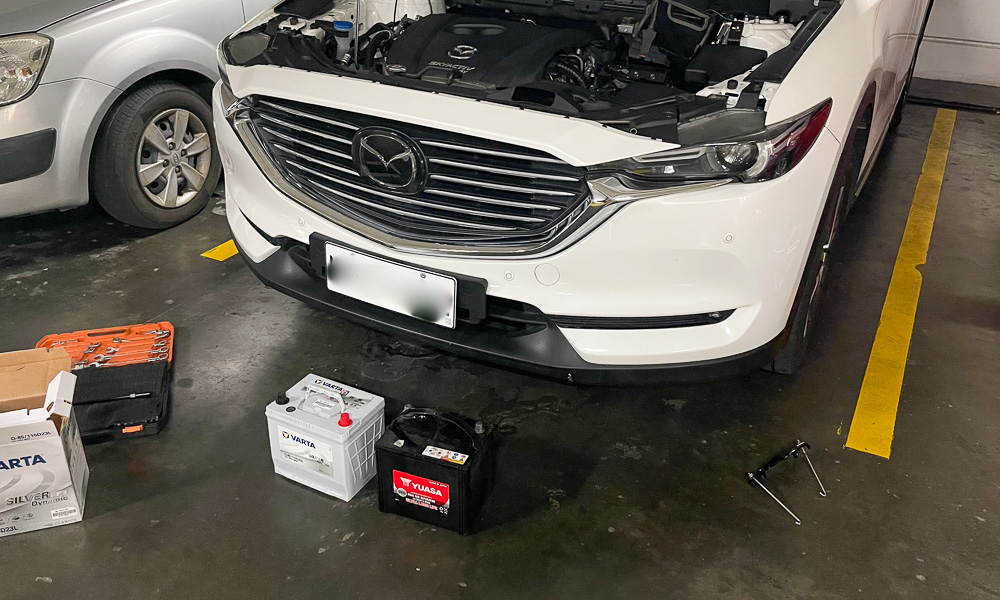
We take the batteries in our cars for granted, but the little powerplants like to be looked after and can cause a lot of inconveniences when they malfunction. Below are five mistakes to avoid when it comes to the electric juice box that keeps your vehicle ticking over.
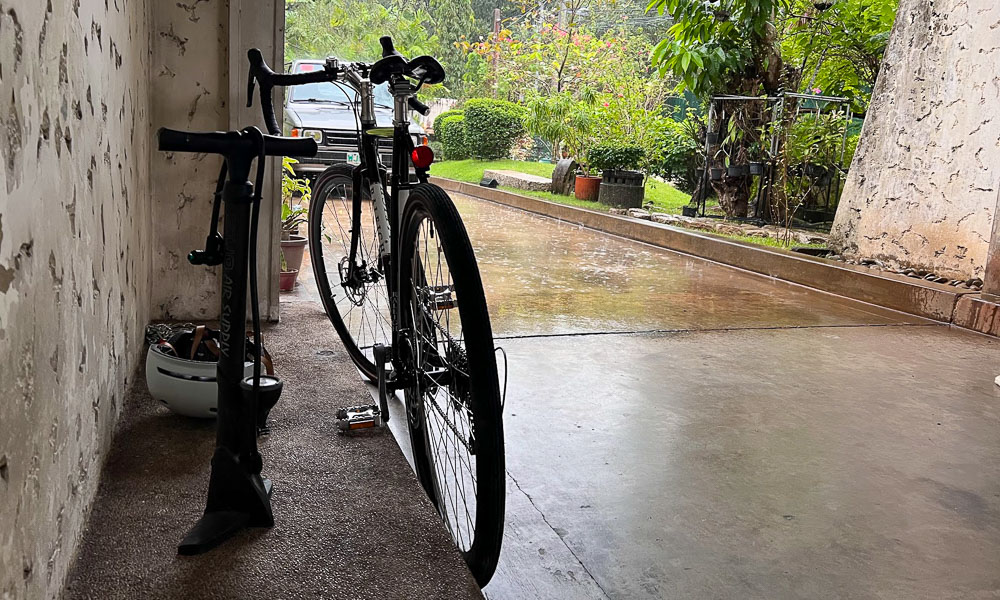
1. Short journeys. Quick trips are bad for your car in general, but especially the battery can suffer if all you ever use your motor for is to drive around the block and back. The battery has to use a lot of effort to start the engine, and on a short journey, there is little time to recharge it. If other electrical appliances are also used, such as the car radio or the aircon, then it puts additional strain on the energy storage device. At some point, it will then go on strike and to remedy this, the battery should be recharged regularly with a charger.
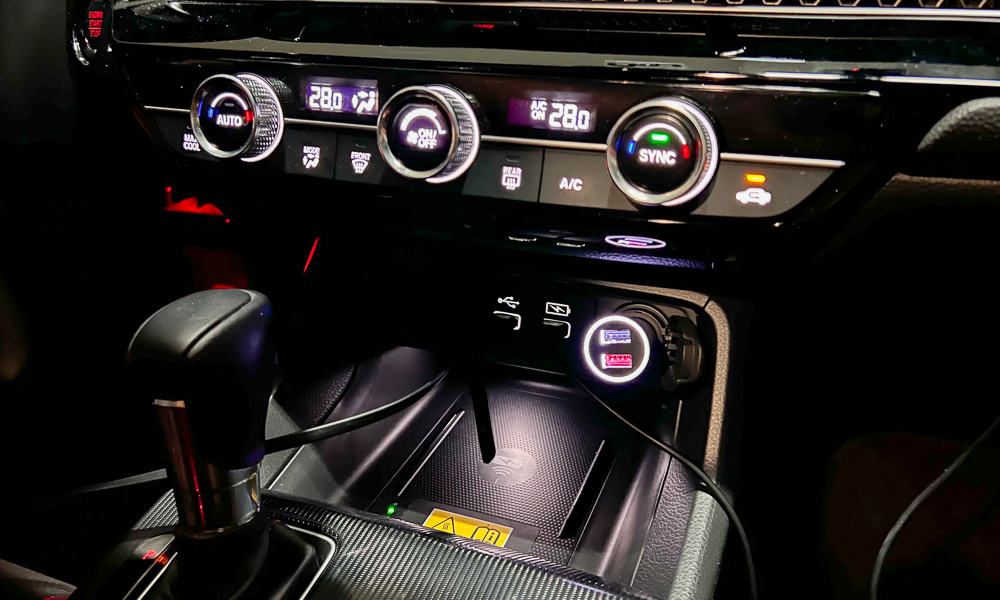
2. Forgetting to switch off appliances. Ignoring to turn the lights off and returning to a flat battery the next morning is probably a bit of a classic among automotive mishaps. But even if automatic lights prevent an embarrassing trip to ask someone for a jump start most of the time these days, there are plenty of other reasons why your power pack might be drained when you’re not around. For example, there are certain 12V plugs that maintain the power supply even when the engine is switched off. If accessories such as a phone charger or a dashcam are connected to these, the current will continue to flow even when the engine is switched off. Other devices that may cause a power deficit are auxiliary lights and similar aftermarket accessories. The more your car looks like you drove it through a Blade store, the more likely that some of your electric gadgets will drain the battery. So, always remember to disconnect the accessories from the power supply when parking.
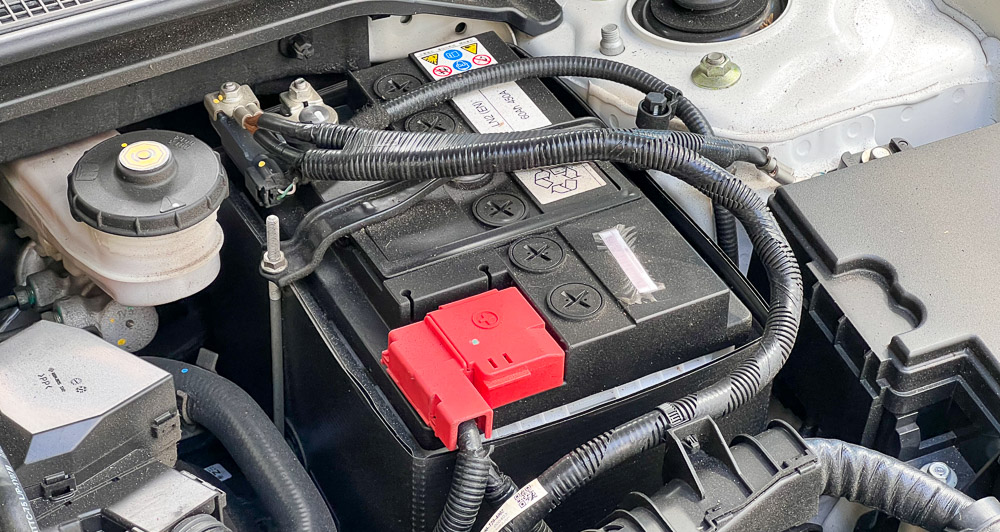
3. Dirty battery. If the car battery is not cared for, there is a risk that sooner or later, it will stop working. If it’s dirty, current can escape, especially if any dirt it’s caked in happens to be wet. The result is a gradual discharge, and then a non-starting car. Therefore, check the car battery regularly and clean it if necessary. During the rainier time of the year, it’s also worth checking that everything is nice and dry where your power cell lives.
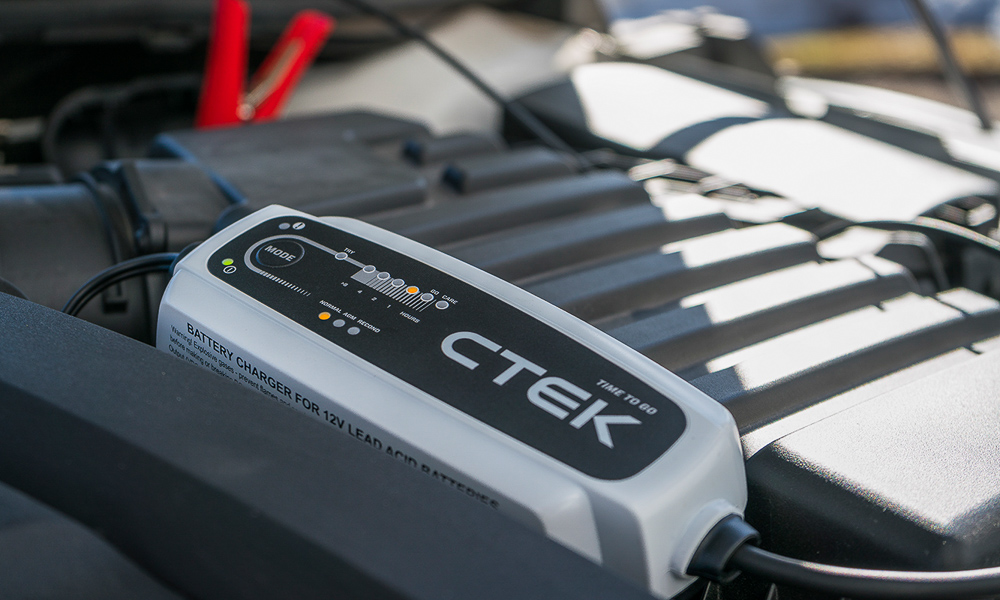
4. Leaving the car parked for long periods of time. If the car is not being started for several weeks, this will also damage the battery. Even if all appliances are switched off, it still loses voltage over time by simply slowly discharging itself. This can lead to a rude awakening—or no awakening at all—where your car’s engine is concerned. It is therefore advisable to connect the battery to a car battery charger with a trickle function if it is not going to be used for a long time. Trickle chargers keep the battery topped up and healthy, so your car is ready to go when you are.
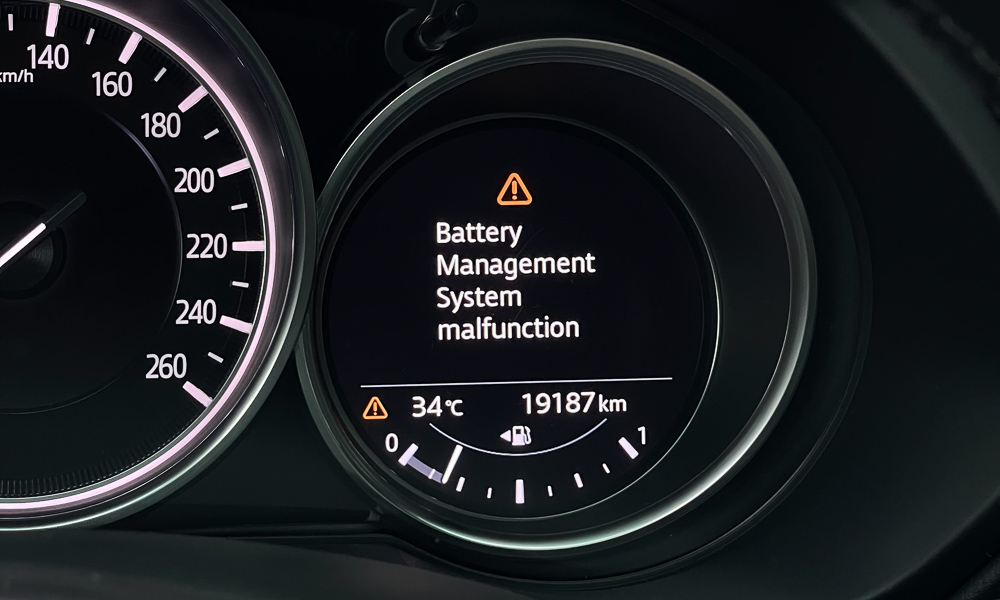
5. Ignoring early warning signs. The fact that your battery is on the way out is often evident long before total failure occurs. Typical signs are flickering headlights when starting, or the engine itself sounding a bit reluctant to get going when you turn the key. You can also easily check whether the battery is weak by switching on the low beam with the ignition on. If the light intensity decreases slightly over time, the car battery is in poor condition. That’s why it’s important to connect the battery to a charger as soon as you notice these signs.


0 Comments